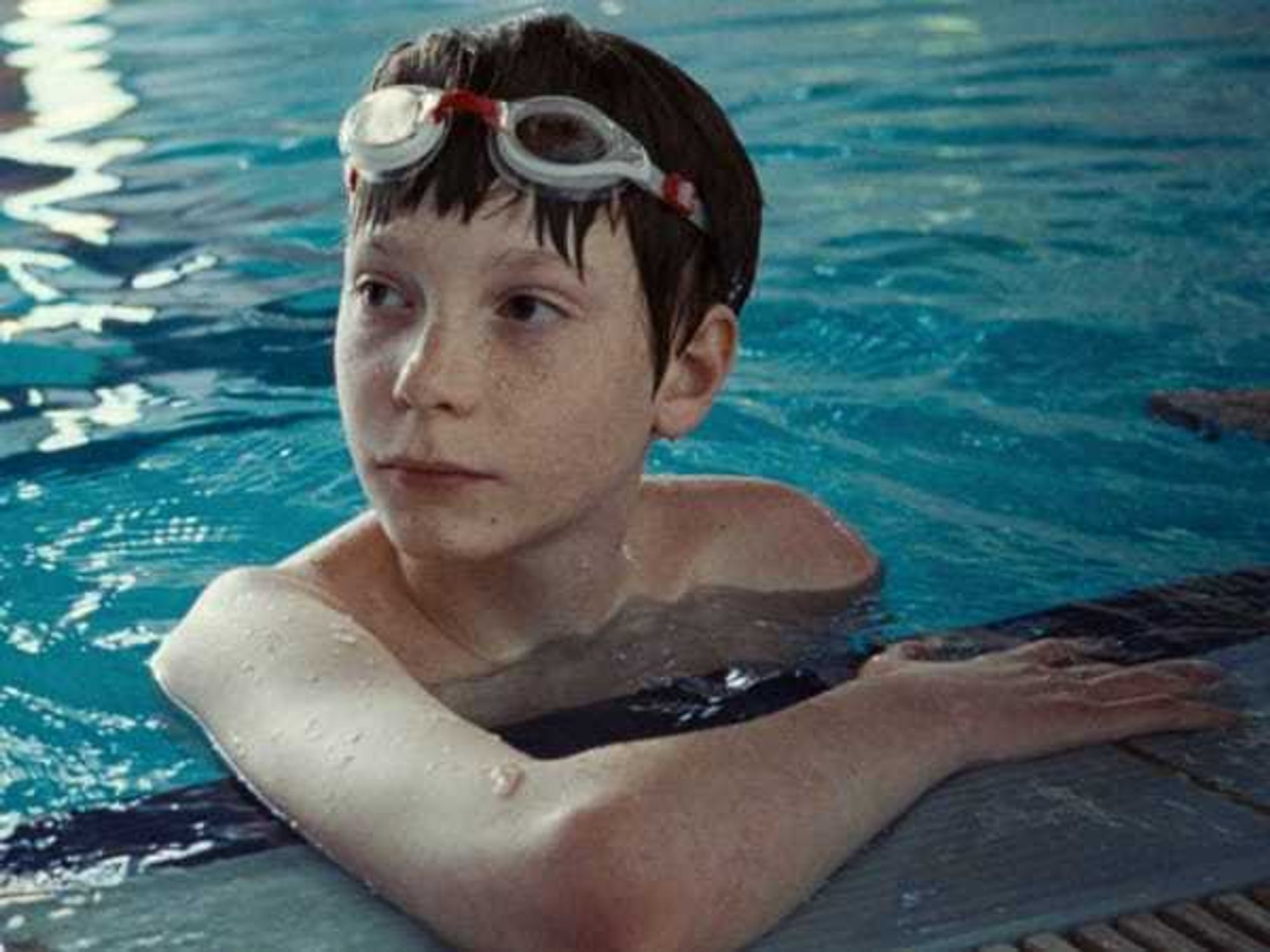Keep San Antonio Metal
Heavy metal strikes surprising chord in the history of San Antonio's music scene

The scene: Showcase night club, West Avenue, early 1990s. The sound: heavy metal. Death metal, really. Thanks to my best friend, that was among the first of the concerts I attended after turning the magical age of 18.
Metal has never really been my speed. I don’t have Spotify list of favorite tunes from Metallica, Iron Maiden, Slayer, or Judas Priest. But San Antonio has always appreciated metal — and it has for decades.
The DJs, promoters, and musicians who were part of San Antonio’s music scene in the 1970s and '80s understand the cultural impact that heavy metal had on the city, and vice versa. And that impact is not lost on younger generation, as is evident by attendance at a recent panel discussion.
More than 100 people joined the October 21 event at the Institute of Texan Cultures. The discussion, also an official Tricentennial event, attracted mainly local metal heads in their 40s through 70s, and panelists who were among the key figures who built a local base of heavy metal fans while also growing San Antonio's entire music scene.
Historian Gregory Peek has been documenting oral, video, and audio recordings and artifacts from the golden era of heavy metal’s evolution in San Antonio. In addition to livestreaming the October discussion, Peek invited fans to record their memories with him. Those recordings will be housed permanently at the ITC as yet another demonstration of how heavy metal has impacted San Antonio’s culture in the last four decades.
“We want to create a good base, a good collection of voices,” said Peek during the panel.
Among those voices is that of famed figures like Joe Anthony (“San Antonio’s godfather of rock 'n' roll”), the broadcaster and producer who helped to cultivate the careers of local musicians on the former KMAC-AM radio station in the 1950s and 1960s.
Anthony left the station in 1966, mostly for creative reasons, but he returned to KMAC two years later. Teaming up with another notable local broadcaster, Lou Roney, they together changed KMAC’s format to reflect a then-new sound: an edgier form of hard rock.
Tom "T-Bone" Scheppke, who spent many years at KISS, was one panelist who recalled arriving in San Antonio from Houston in the mid-1970s. “I had never heard any station that sounded like KMAC/KISS, and I had never heard anyone sound like these guys,” Scheppke said of Anthony and Roney, adding that their anti-establishment personalities and music selections made for a perfect blend.
Things were never the same after that. KMAC brought Judas Priest, Kiss, Scorpions, Rush, Thin Lizzy, and Aerosmith, among others, to San Antonio’s masses. Listeners ate it up and wanted more. During this era, KMAC and its FM affiliate, KISS, collectively were the places to hear heavy metal and hard rock on San Antonio’s radio dial.
But Roney, who also was on the panel, pointed out that Anthony was someone who did not do things by the book, and that endeared him to many local music fans and artists. Anthony, for example, was the first English-speaking local DJ to mix in Spanish, something that Spanish-speaking San Antonio listeners appreciated.
San Antonio gradually became a place of solace for heavy metal fans, and the bands came to know that. Stone City Attractions founder Jack Orbin fought industry obstacles and local censorship advocates to lure metal bands, among a larger range of rockers, to town.
Local musician/producer Michael Morales, also on the panel, remembered listening to the sounds of KISS/KMAC as a youngster and being inspired by the music — and the brashness of the DJs.
“I was sitting there listening to the transistor, trying to figure those riffs out,” Morales recalled. He’d hear on KISS/KMAC about live local shows promoted by Orbin."What they played on KISS was the thing that got me on guitar, which was the beginning of my career.”
KMAC eventually disappeared while KISS thrived as the local source for metal into the 1980s. Thanks to promotions by Orbin and his counterparts in the region, San Antonio venues big and small began to draw more and more big hard rock acts.
Whereas Austin may call itself the Music Capital of the World, San Antonio proudly sees itself as the Heavy Metal Capital of the World, and the music became intertwined with the city's culture. Many Fiesta-goers used to look forward to attending one of their favorite events, La Semana Alegre, which regularly booked hard rock and metal bands. (That event was cancelled in 1995 but longtime Fiesta fans fondly remember it.)
When KISS underwent a format change in 1990, it lost much of the fan base that came to know it as their home for hard rock and heavy metal. Then came the biggest blow — the sudden death of Anthony in 1992.
Of course, things change in the music and radio industries, and arguably not for the betterment of heavy metal/hard rock fans in Alamo City. Standout local nightclubs such as Showcase and Sneakers are long gone while many radio listeners lament the corporate attitude at KISS, and the fate of other local stations that have sought to make a name for themselves.
But the personalities who were part of San Antonio’s thriving metal scene say the memories — and spirit — are helping to keep alive the community’s reputation as a heavy metal mecca, something that solid turnouts for newer events such as River City Rockfest can attest.
Orbin, another panelist, said “San Antonio was a perfect storm for heavy metal” years ago thanks to efforts by Anthony, Roney, and promoters, all to satisfy a local music audience that wanted something very different — a heavy metal mecca deep in the heart of Texas.
